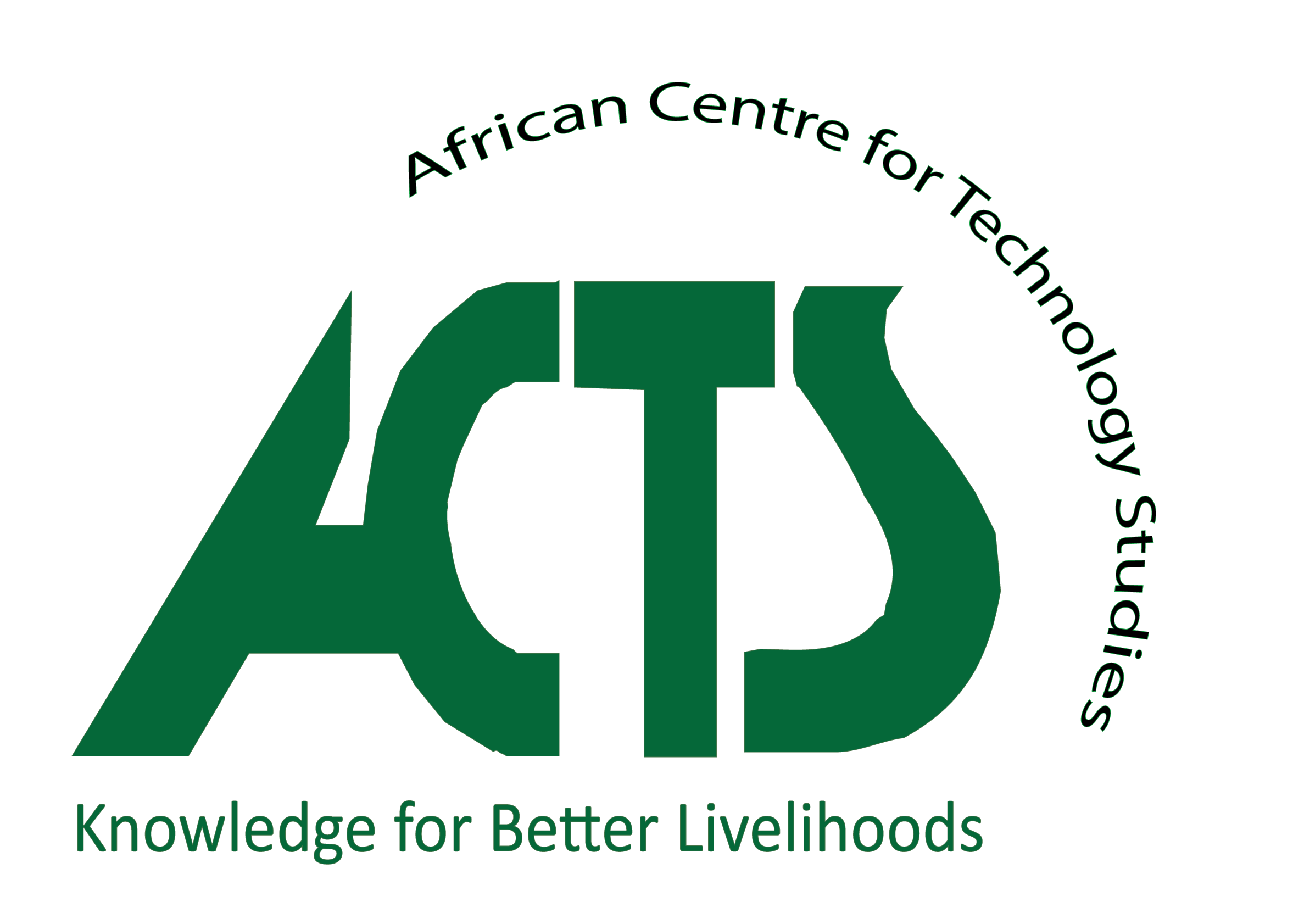By Victoria Chengo and Joanes Atela, ACTS
On 6th May 2019 during the official launch of the ‘Nairobi Disaster Risk Hub’ under the ‘Multi Hazard Urban Disaster Risks Transitions’ project, a Memorandum of Understanding (MoU) between the Nairobi Risk Hub – hosted at the African Centre for Technology Studies (ACTS) and the Nairobi City County Government (NCCG) was signed.
This was a move critical to the overarching goal of the Nairobi Disaster Risk Hub which is to provide the city with the capacity and policy framework that enables a shift in the focus of hazard management from a crisis response to a more integrated disaster management and planning towards reduction of risks and the achievement of sustainable development in Nairobi. Thus, the MoU established solid grounds for better collaborative engagements between the two parties who are also partners in the Nairobi Hub, in this work and beyond.
His Excellency the Governor for Nairobi County Hon. Mike Sonko Mbuvi hosted the ceremony at the City Hall where the various sectors within the county government together with the Nairobi Disaster Risk hub partners from the UK, Prof. Mark Pelling, the project Co-Director and Dr. Gordon McGranaham, Nairobi UK coordinator, and ACTS convened.

Hon. Mike Sonko Mbuvi (Governor Nairobi County) & Dr Joanes Atela (ACTS) signing the MoU
The MoU marks a critical pathway to impacts for the Nairobi work. This link will facilitate the passing on of the stakeholder voices and innovative evidence into policy processes and action mechanisms. By signing the MoU, the City County Government through the department of Disaster Management and Coordination (one of the two project impact partners) has shown great interest in drawing knowledge on disasters from the project in order to shift to a more preventive multi-hazard approach. Recently, the City Government enacted a Disaster Management Act which mandates the Disaster Management Department to prepare a Disaster Management Plan. This plan is expected to undergo annual reviews but essentially should outline proactive measures for the prevention of disasters, capacity building, DRR funding and integration into the county development plans. Most importantly, the plan is expected to support decentralized DRR through community participation and action plans - key areas of research to be pursued by the hub. Again the City Government has requested the Nairobi hub to support the preparation of this Plan through research evidence and capacity building - providing some clear and tangible pathway towards impact.
In his speech, Dr Joanes Atela, the Nairobi Hub lead noted that the objectives of the five year project were to boost and support the development of the disaster risk management plan for the city, establish an integrated evidence base on the city’s leading hazards and risks, their drivers, uncertainties, institutional roots and feasible reduction strategies, and building scenarios around the multi-hazard interactions with a major focus on flooding and fire. By working closely with the NCCG through the department of disaster management and coordination, the hub will endeavor to speed up an emerging transition from a crisis response mechanism towards a more coordinated, informed and proactive approach to risk management & reduction. The African Centre for Technology Studies (ACTS) is the Nairobi Hub’s lead partner working collaboratively with other research and policy partners including the Nairobi City County Government, The University of Nairobi, Kounkuey Design Initiative, and the Slum Dwellers International (SDI) Kenya.

Dr Joanes Atela, the Nairobi Disaster Risk Hub lead
His Excellency the Governor, Hon. Mike Mbuvi acknowledged this very timely collaboration that was coming at a time when the city government’s disaster management and coordination department had just been recently established. Thus, the project will be key to improving disaster knowledge within the government which is keen to embrace an integrated and holistic approach to disaster management and response. He further noted that the city government had ensured that disaster risk management and planning is included in key programmes in the county government, anchored in the Nairobi Integrated Urban Development plan.

Hon. Mike Sonko Mbuvi, Governor Nairobi County
The Chief Officer for the Disaster Management and Coordination department, Ms Anne Mwenda, outlined some of the areas of focus within the department included perennial floods, fires, collapsing buildings and terrorism, which continue to affect the ways of life for Nairobi residents. Nairobi County experiences loss of life and property every rainy season. Since the beginning of 2019, more than 49 fires have reportedly occurred. Disasters continue to affect the city’s development, costing the government millions of shillings each year in disaster response. The Nairobi hub will thus assist and address the necessary policy formation strategies for an integrated disaster management and planning approach to mitigate losses through disasters.

Nairobi Hub partners: NCCG, ACTS & UK collaborators
This ambition is in line with the Multi Hazard Urban Disaster Risks Transitions project’s broader goal to create city partnerships that will collaborate with national and regional city networks, policy champions and UN agencies using research outputs to structure city and community plans. This is also guided by the UN’s Sustainable Development Goals and the principles of the Sendai Framework approved at a global conference in 2015, which identifies unplanned and rapid urbanization as an underlying disaster risk driver and calls for the establishment of mechanisms and incentives to ensure high levels of compliance in urban planning and development at the national and local level. The framework also calls for the mainstreaming of disaster risk assessments into land use policy development and implementation, and incorporation of disaster risk reduction measures into urban development.


